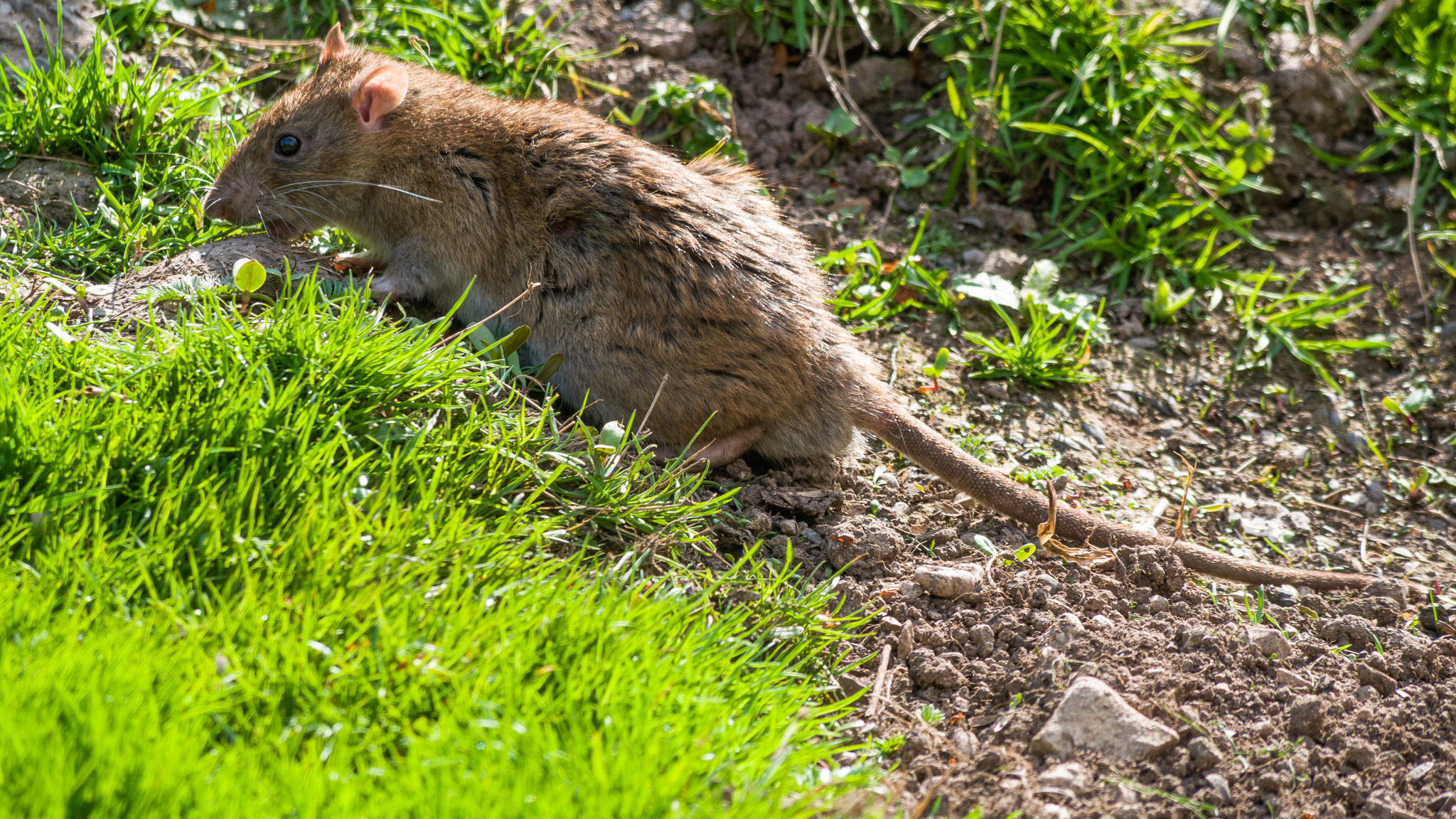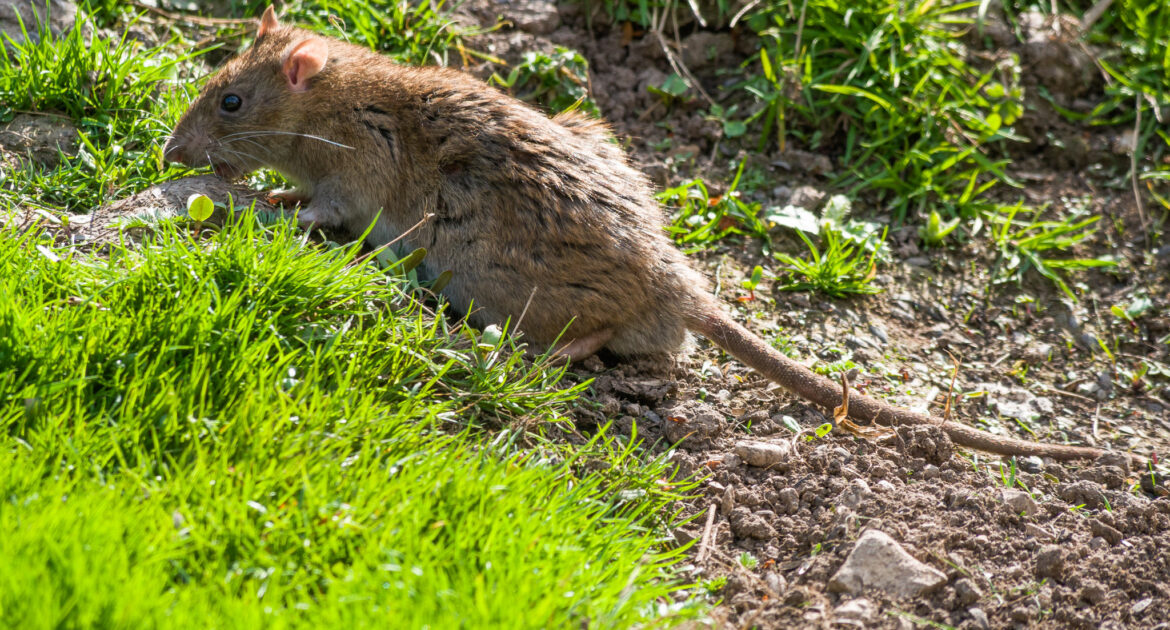Brown rats are also known as sewer rats and Norway rats. Regardless of what you call them, they are the largest rat species in Ontario and one of the two most commonly found in the province. An infestation in your building is not only annoying but dangerous and requires prompt rat removal in Hamilton. Here are some things you need to know to prevent an infestation of brown rats or, if it is too late for that, to cope with it effectively.
How Do You Recognize a Brown Rat?
The fur of a brown rat is usually medium brown but can range closer to black. Because of this, it may be mistaken for the black rat, another common rodent species in Ontario. However, the brown rat can be distinguished from the black rat because its body tends to be larger and its tail shorter. The body of the brown rat can reach a length between 23 and 40 centimetres, not including the tail, while the black rat is typically 16 to 24 centimetres, with a tail longer than its body.
What Do Brown Rats Eat?
Because rats are both omnivorous and opportunistic feeders, they eat almost anything that is available. They can chew through cardboard boxes used to store food and will certainly attempt to gnaw on plastic containers to open them. Whether they succeed at this depends on the quality of the plastic with which the container is made. They may also feed on pet food that is left outside. If bird feeders are accessible to them, the rats may raid them, and if not, they may forage underneath for spilled seeds. Rats will also scavenge through the garbage.
What Makes a Brown Rat Infestation Dangerous?
Rats can expose you to dangerous diseases. They carry fleas that can spread diseases such as typhus. The fleas may infect you if they bite you and may remain even after the rats are gone. Rats also spread bacterial diseases through their excrements, such as leptospirosis, salmonella, and listeria. You can become infected if you come in contact with the excrement or if the rats contaminate your food.
Rats can also cause structural damage by chewing on insulation, drywall, or wood to get nesting materials. They can cause a fire hazard by chewing on electrical wires. They may also destroy clothing, books, papers, and furniture.
How Do You Know if You Have a Rat Infestation?
Rats are nocturnal, so you may not actually see any if you have an infestation. However, in addition to the damage they may cause in your home, there are three common signs you may notice:
- Droppings: You may notice droppings where rats have been. These are shaped like grains of rice but are somewhat bigger and brown in colour.
- Scratching Noises: Rats are active at night, so you may hear scratching noises behind the furniture or in your walls as they forage for food.
- Rub Marks: Rats prefer to travel along walls rather than move out into the open. You may find smudges of oil and dirt left behind by their fur along the baseboards.
How Do Rats Get Into Your Home?
If you find an opening around your home that you can fit two fingers through, it is wide enough for a rat to get in. Look for cracks in the foundation, gaps around windows or doors, appliance lines, drain lines, and vents. Remember that rats are also looking for food, water, and shelter, so keep your kitchen clean, remove any clutter, and store food in airtight containers made of hard plastic or metal.
Why Is Professional Rat Removal in Hamilton Important?
Before you can close off entry points, you need to be sure that your home is free of rats, or they will be trapped inside. Skedaddle performs a detailed property assessment to determine the extent of the problem and removes the animals humanely before sealing the entry points. Find out more about our process.




